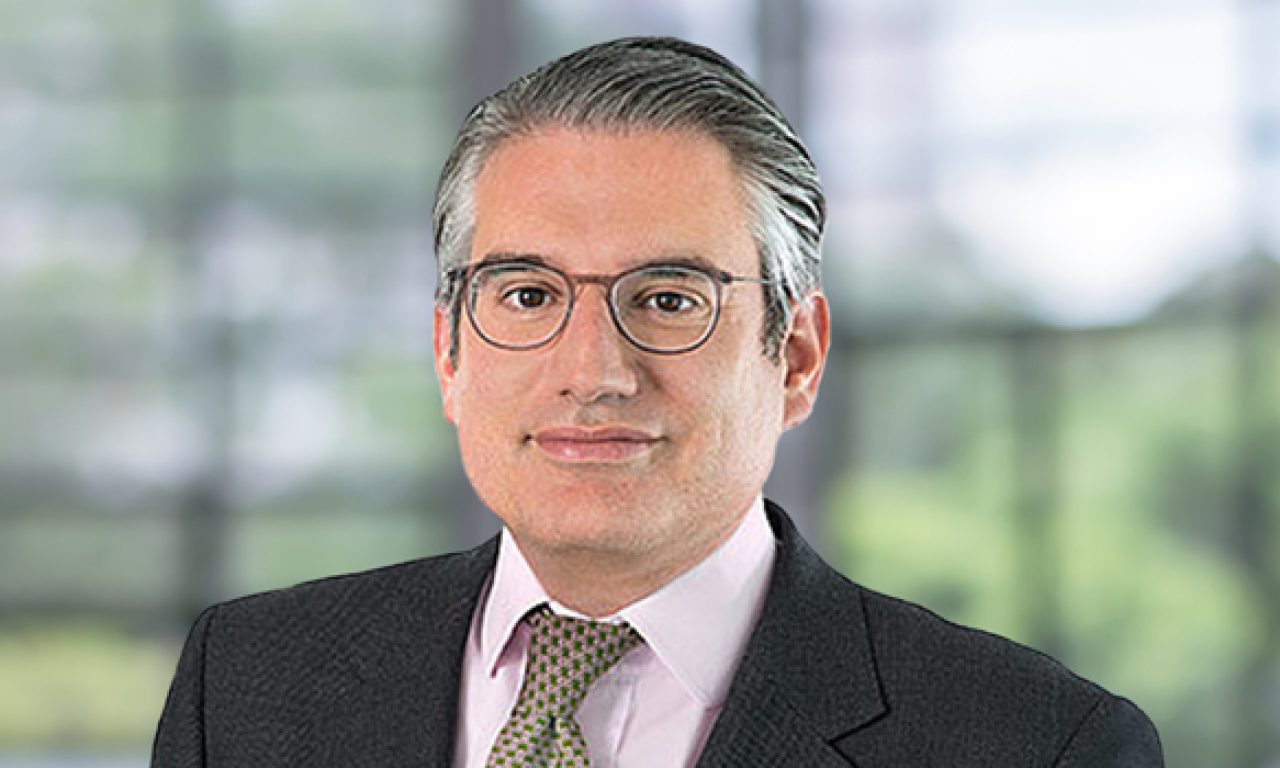Renewable energy is, arguably, the hottest asset sub-class of the moment. Some fund managers, such as Aquila Capital, have a long history in the renewables area and can point to many nuances which investors should consider. Unlike some other hot asset sub-classes, renewable energy is here to stay.
Renewable energy is an investment theme for the long term, which is intuitive given the global trend driven by governments and investors – both big and small – to place greater emphasis on preserving our environment. Almost every country in the OECD has a plan to reduce fossil fuel consumption, although some countries, such as Australia, are somewhat more relaxed about their schedules.
To date, big super funds have largely been limited to negative screens – excluding certain polluters – to express the view of their members on the issue. In the past few years, however, a number of specialist fund managers have merged to provide access to investment vehicle which provide a positive screen.
Aquila Capital, a German-based global manager which specialises in the field, recently published a white paper on the underlying trends with investments in renewables. According to Lars Meisinger, the firm’s head of corporate development and international client advisory, based in Hamburg, the firm’s client base of investors has been internationalising over the past few years. Investors increasingly realise that Europe is probably the best place to start to take positive, rather than only negative, action to get on board with the theme.
Scandinavia, for instance, has positioned itself as the “battery of Europe”, with its strong base in both hydro generation and also storage. It’s where the excess capacity from wind farms can be stored within a hydro system that also generates its own electricity.
Aquila provides a range of investment avenues, from co-investments in specific projects for very big funds, through to discrete mandates for others, and a fund for smaller institutions. The latest strategy, the Energy Transition Infrastructure Fund (ETIF), is scheduled to have its first close next month.
Meisinger joined the firm in August 2016 after a long track record in the alternative investments space, most recently at UBS and BlackRock. He said in an interview last week that Australian and New Zealand investors represented “a gift” to his offering. They were not only long-term investors but also they understood infrastructure investing in general as well as the importance of the world’s transition to renewable energy.
New Zealand is more advanced than Australia in its renewables. It has better access to hydro and also thermal generation and it has no historical reliance on coal. As an aside, Aquila has quite a few staffed offices around the world, including one in Invercargill in New Zealand, but not one in Australia. In Australia it is represented by third-party marketing firm Akindred. The Invercargill office, though, was set up primarily to oversee the manager’s investment in organic milk and other milk products aimed at the China market.
David Edwards, the head of sales and managing director of Sydney-based Akindred, said that one of the differences between investing in Australian renewable projects and those in Europe is that storage has developed into an integral part of the whole transition process to renewable energy in Europe. “For instance, Aquila’s recent solar project in Portugal incorporates battery storage at the plant facility. Therefore, incorporating storage within an investment strategy for renewables provides a level of diversification from pure generating assets.”
Also, some investors in Australia have become focused on decreasing values in ‘power price agreements’ (PPAs) as government subsidies have reduced over the past few years around the world. In Europe, the gradual replacement of these subsidies with long-term commercial contracts is more advanced.
Meisinger says that Aquila has a dedicated hydro investment team, which manages a large portfolio of investments in Scandinavia and, most recently, a hydro investment in Portugal with 21 plants. With more than 100 plants, it has a strong exposure to hydro in Norway, but also in Scandinavian onshore wind generation.
The use of hydro in storage is easy to understand. The excess power is used to pump water to a high place, from which it can be used at a later date to generate more power. It’s estimated that about 15 per cent of the energy is lost in the process. Notwithstanding technological advances, evident in the emergence of electric cars, lithium-ion battery storage, on the other hand, has a limited life which may be just hours or days.
Canada and parts of North America are also well developed with renewables projects but, for the time being at least, Aquila wants to concentrate on European opportunities, including the UK, which will exit coal-fired plants altogether in the next few years.
The firm prefers to take a controlling interest in its investments in order to generate the excess return for investors of managing the projects. Operational revenues are usually the greatest component in overall returns from a project and the lifespan of individual sites is increasing due to advances in technology, for both generation and storage.
Aquila has completed more than 60 transactions in renewables in 10 countries, with a total capacity of more than 2,500mw and a transaction volume of about EUR 4.2 billion (A$
– G.B.

